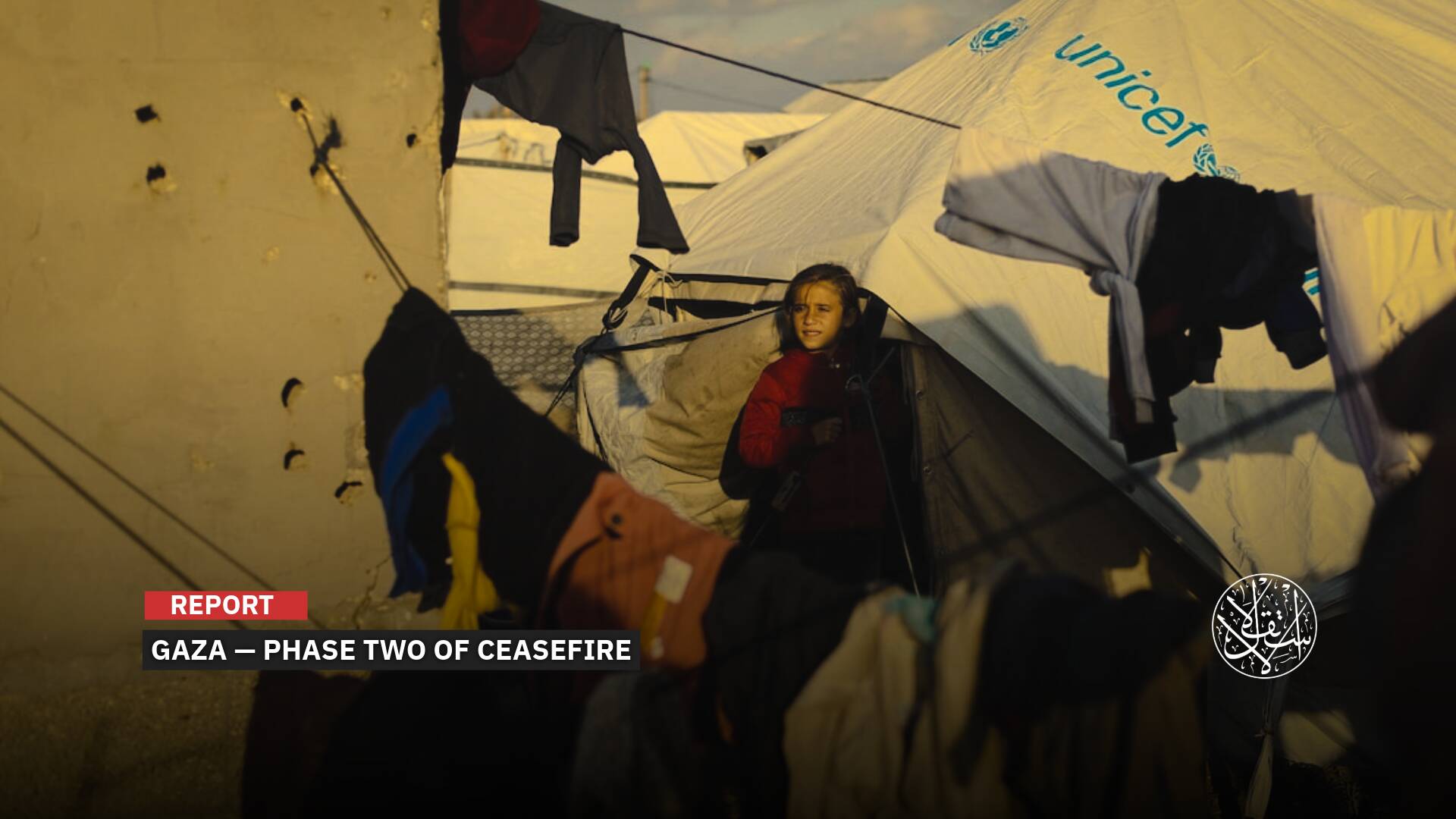How Saudi Arabia’s Revenues From Hajj and Umrah May Reach $350 Billion After a Decade?

The Saudi Arabia Hajj tourism market is set to record growth at a CAGR of 7% in the global market. The Saudi Arabia Hajj and Umrah tourism market is expected to reach a market revenue of US$ 150.0 Bn in 2022 and is likely to pass US$ 350.0 Bn by 2032, according to Future Market Insights (FMI).
Islam's holiest site seemed to quickly recover from the repercussions of the Corona pandemic, as foreign visitors are currently entering the Kingdom in large numbers, a good sign for the Saudi Arabia 2030 vision adopted by the Saudi Crown Prince Mohammed bin Salman, as an ambitious strategic framework, in a way to reduce the Kingdom's dependence on oil and diversify its economy.

350 Billion Dollars
Saudi Arabia's revenue from religious tourism (Hajj and Umrah) is expected to reach about $350 billion in 2030.
Future Market Insights' report stated the religious tourism market in Saudi Arabia will achieve a growth rate of 7% in each of the next ten years, which means that its revenues, amounting to 150 billion US dollars this year, will reach 350 billion dollars in 2032.
The report noted that Saudi Arabia is recovering quickly from the Covid-19 repercussions, and many tourists are currently visiting the Kingdom in large numbers as planned by the Saudi government to reduce the Kingdom's dependence on oil and diversify its economy.

The report confirmed that the indicators of the tourism market flourish refer to significant growth in religious tourism, in particular, noting that the Saudi government has made great efforts to establish a hotel infrastructure in and around Mecca to host pilgrims, through major projects, the most important of which is Abraj Kudai that is currently under construction.
The hotel will be the largest in the world, as it will consist of 12 towers (divided between 4 and 5 stars), 45 floors high, and will include 10,000 bedrooms, 70 restaurants, 4 helipads, in addition to 5 floors to host pilgrims from the Saudi royal family, according to the report.
Asia, Africa, and the Pacific countries occupy the main share of the Saudi Hajj tourism market, while Europe comes in second place, with Muslim pilgrims traveling to Mecca in large numbers from countries such as the United Kingdom, Turkiye, Albania, Azerbaijan, Bosnia and Herzegovina, and Kosovo.
Key Drivers
Hajj and `Umrah are the pilgrimages of Islam, and both of them consist of a journey to Mecca that involves certain rituals. Muslims from all over the world travel to Saudi Arabia to perform what they consider a duty, therefore increasing the demand for Saudi Arabia's religious tourism.
This utmost devotion to following the religious faith and established rituals amongst them are expanding the Saudi Arabia tourism market size.
The adoption of Saudi Arabia Religious tourism by local international hotel groups and tour operators has increased, with more than two million Muslims traveling to Mecca.
What raised the demand for Saudi Arabia's religious tourism is the provision of comforts and facilities, accommodation, and ease of travel, according to FMI.
The Saudi government is closely preserving the historical monuments in Saudi Arabia in order to evolve the economy, which mostly depends on oil revenues.
Saudis, then, aim to diversify their economy and attract non-Muslim tourists through investing in non-oil sectors such as tourism.

In order to modernize their society, Saudi Arabia has started to allow concerts and other social events and mingling of men and women in public places, which contributed to the increase of Saudi Arabia's religious tourism market size.
On Thursday, August 11, 2022, the Ministry of Hajj and Umrah announced that those who got tourist or commercial visas will be allowed from now on to perform the Umrah pilgrimage during their stay in Saudi Arabia.
Tourists from 49 countries around the world will enjoy this facility in addition to those who hold US, UK, and Schengen visas.
This comes with the start of the new Umrah season to reach the largest number of religious tourists worldwide.
High Costs
The General Authority for Statistics announced that the total number of pilgrims for 2022 reached 899,353, including 779,919 pilgrims from outside the Kingdom and 119,434 living in Saudi Arabia.
The cost of Hajj this year has risen in most Arab countries for several reasons, the most important of which is the global inflation, the high prices of flights, and the increase in the value-added tax rate in Saudi Arabia, which surged from 5% to 15% in return for services.
The cost of Hajj in Qatar is the highest compared to other countries, starting from 32,000 Qatari riyals ($8,788) to up to 70,000 riyals ($19,225).
In Saudi Arabia, the cost is between 10,238 Saudi riyals (2728 dollars) and 14,737 (3927 dollars). According to statements by the directors of Hajj and Umrah companies, the minimum cost of Hajj in UAE is estimated at 25,000 dirhams, and up to 60,000 and more for the so-called luxury pilgrimage, while the cost in 2019 was between 18,000 and 45,000 dirhams.
The lowest cost of Hajj in Kuwait is 1,650 Kuwaiti dinars ($5375), while the cost before the Corona crisis was about 1,300 dinars ($4234), representing an increase of nearly 27%, according to the Supreme Committee for Hajj and Umrah in Kuwait.
The cost of Yemeni pilgrimage for this season was set at 12,820 Saudi riyals ($3,416), and the average cost of Hajj in Yemen in the last season before the pandemic was $2,300, an increase of 30%, according to a statement by an official in the Yemeni Ministry of Endowments.












